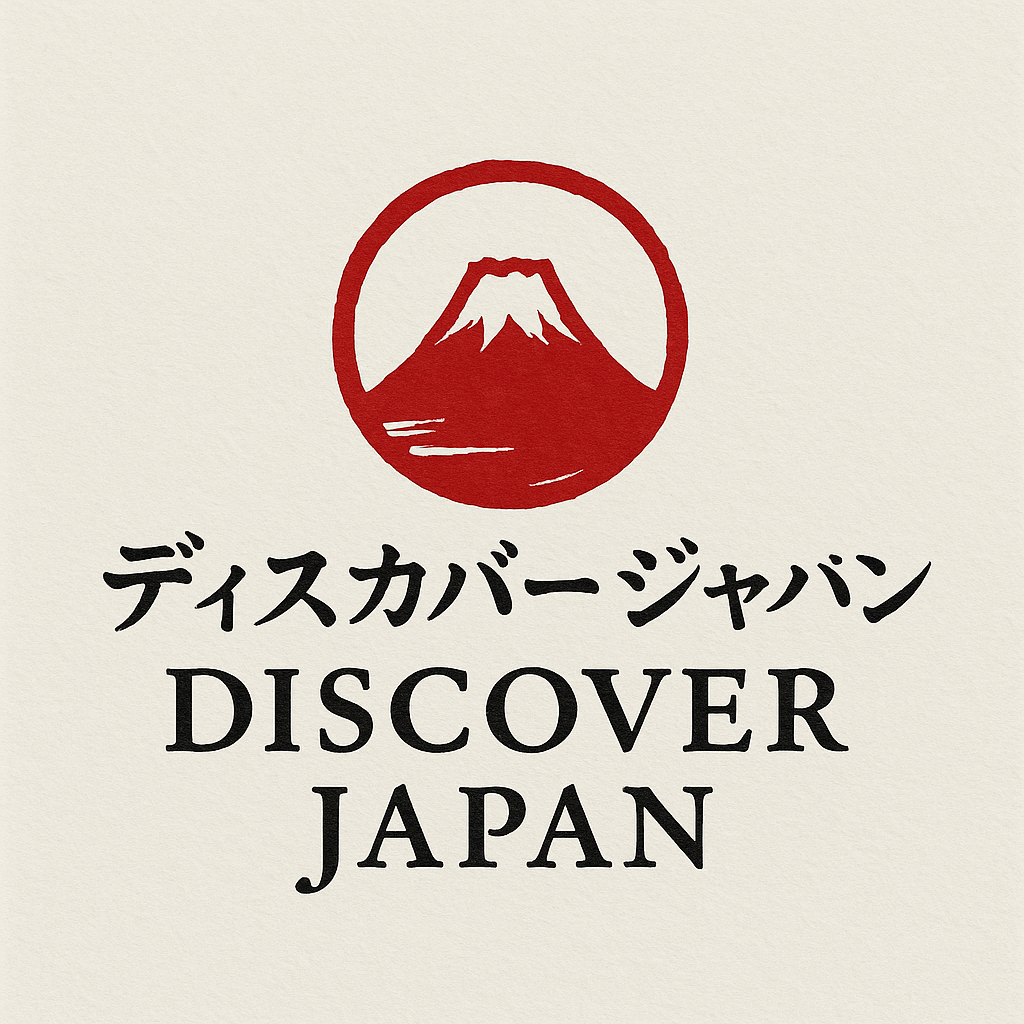Tourist attractions--archive--
-

Morito Shrine (Hayama Town, Miura District, Kanagawa Prefecture)
Overview (History, Features, and Attractions) Morito Shrine is a seaside shrine located in Hayama Town, Miura District, Kanagawa Prefecture. It was founded long ago and has long been a place of worship for prayers for the safety of the local maritime community and the protection of the fishing industry. Along with the main shrine building, the shrine also boasts a vermilion torii gate (underwater torii) that stands out in the waves, and a beautiful sight that can be seen on clear days... -

Japan Monkey Park (Inuyama City, Aichi Prefecture)
Overview (History, Features, and Attractions) Japan Monkey Park (Inuyama City, Aichi Prefecture) is a leisure facility that exhibits a wide variety of primates, primarily monkeys, as well as family-friendly attractions and events. A historic facility dating back to the Showa period, it is not only involved in raising and exhibiting animals, but also in education, conservation activities, and research... -

Furano Cheese Factory (Furano City, Hokkaido)
Furano Cheese Factory (Furano, Hokkaido) Overview (History, Features, and Attractions) The Furano Cheese Factory is a tourist facility that utilizes the rich nature and high-quality raw milk of Furano, Hokkaido, to produce and sell cheese, as well as provide tours and experiences. In collaboration with local dairy farmers, the factory produces freshly made cheese and dairy products... -

Tokyo Daijingu Shrine (Chiyoda Ward, Tokyo)
Overview (History, Features, and Attractions) Tokyo Daijingu is a shrine located in Tokyo's Chiyoda Ward. It was originally built as a remote worship site, allowing visitors to worship the deities of Ise Jingu Shrine from within Tokyo. Since the Meiji period, it has had a strong connection with the Imperial Grand Shrine of Ise (Ise Jingu Shrine), and has long been known as a prestigious shrine. -

Ishikiri Tsurugiya Shrine (Higashiosaka City, Osaka Prefecture).
Ishikiri Tsurugiya Shrine (Ishikiri-san) — Overview (History, Features, and Attractions) Ishikiri Tsurugiya Shrine, commonly known as "Ishikiri-san," is an ancient shrine located in Higashiosaka City, Osaka Prefecture. It has long been known for its strong belief in healing illnesses, safe childbirth, and protection from evil. It has been revered by local people for many years... -

Maizuru Repatriation Memorial Hall (Maizuru City, Kyoto Prefecture)
Overview (History, Features, and Attractions) The Maizuru Repatriation Memorial Museum is a museum dedicated to conveying the history and experiences of the many Japanese people (repatriates) who returned from Manchuria, mainland China, Siberia, and other areas after the end of World War II. Maizuru Port played an important role as one of the repatriation ports, and many repatriates landed there. -

Glasses Museum (Sabae City, Fukui Prefecture)
Glasses Museum (Sabae City, Fukui Prefecture) Overview (History, Features, and Attractions) The Glasses Museum is a facility that showcases the manufacturing culture and history of Sabae City, Fukui Prefecture, known as a major producer of glasses. Sabae is one of Japan's leading eyeglass frame producers, and is home to the advanced technology and craftsmanship cultivated by local industries. -

Zojoji Temple (Minato Ward, Tokyo)
Overview (History, Features, and Attractions) Zojoji Temple, located in Shiba Park, Minato Ward, Tokyo, is one of the main temples of the Jodo sect of Buddhism and is deeply connected to the history of Edo and Tokyo. Its founding is said to date back to the Muromachi period, and during the Edo period it was protected and developed as the family temple of the Tokugawa Shogunate. -

Tokorozawa Aviation Memorial Museum (Tokorozawa City, Saitama Prefecture)
Overview (History, Features, and Attractions) The Tokorozawa Aviation Museum is a museum that tells the history of aviation, located on the site of Tokorozawa Airfield, where Japan's first flight took place in 1911. Developed to showcase Tokorozawa's role as the starting point of Japan's aviation history, the museum offers a first-time look at the history of aviation through exhibits of actual aircraft, restored aircraft, photographs, and documents. -

Taga Castle Ruins (Tagajo City, Miyagi Prefecture)
Overview (History, Features, and Attractions) The Taga Castle Ruins are the remains of an ancient government office in Tagajo City, Miyagi Prefecture, which served as a political and military base for the Tohoku region from the Nara to Heian periods. It is believed to have been built around the 8th century by the central government to control the Tohoku region, and served as the Mutsu provincial capital and naval base...

